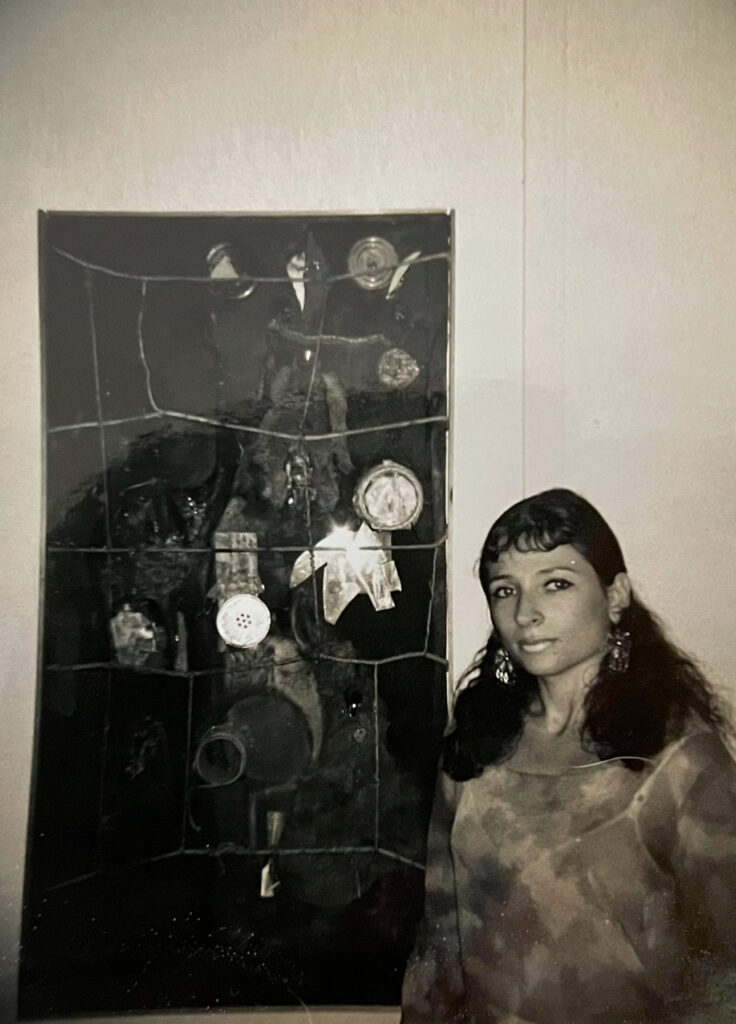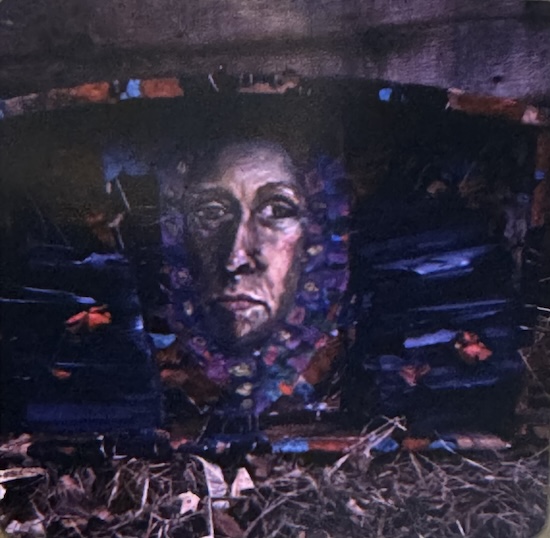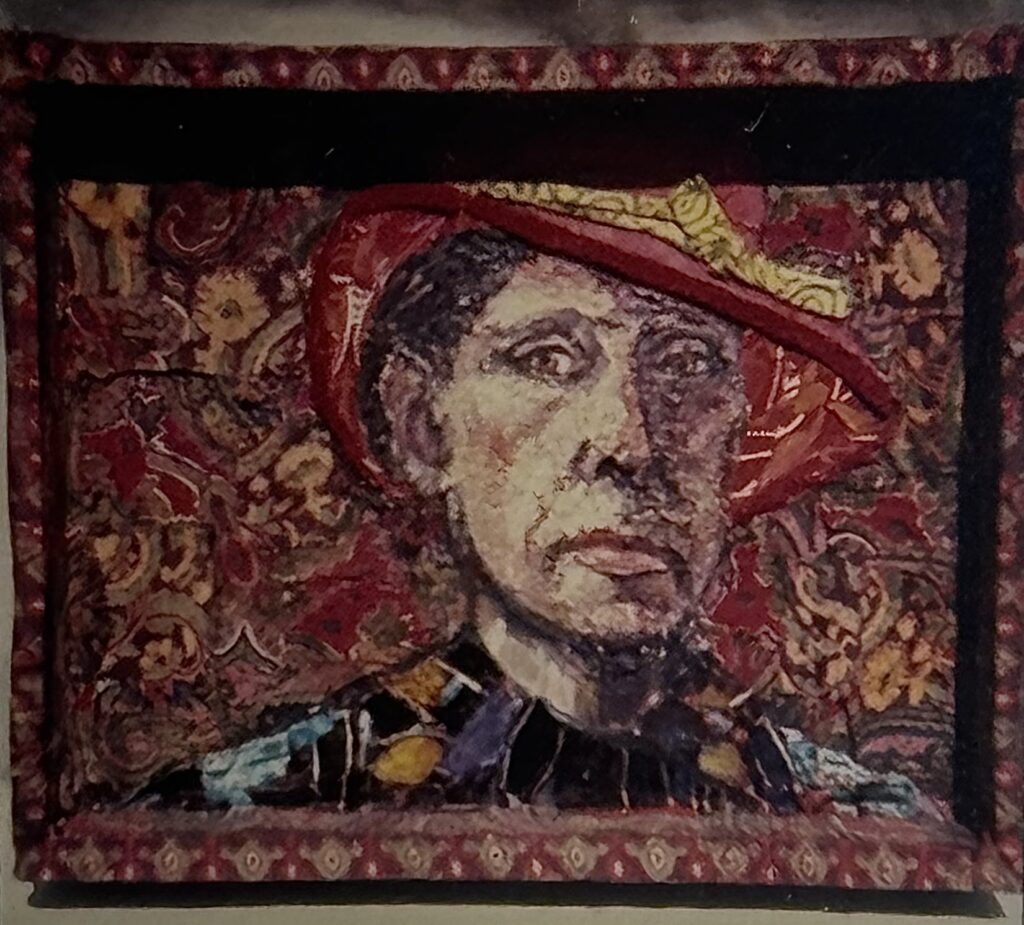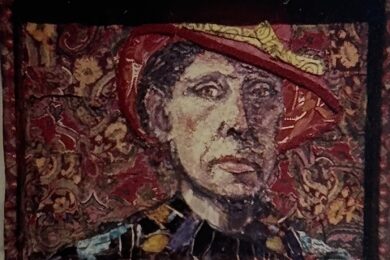Around thirty pages into Elaine Kraf’s 1979 novella, The Princess of 72nd Street, we encounter our narrator, Ellen, riding up and down in her apartment elevator, embracing anyone who enters it: “sweet people, the mean ones, old, young, the pushers, heroin addicts, cocaine snorters, drunks, married men.” In Ellen’s eyes, this ordinary lift has been transformed into a magical box “with blue lights gleaming from its roof and walls of flaming orange.” It is, on this particular evening, a conduit to another world, another way of being. Until, that is, she wakes up the next morning with bruises and memory gaps and a cue card pinned to her fridge that reads: DON’T LET STRANGE MEN INTO YOUR APARTMENT. “I wonder, “ she ponders her handwriting, “what I really meant.”
And so begins Kraf’s prismatic take on female agency and mental health – now declared to be “a lost classic for fans of Renata Adler and Elizabeth Hardwick”. As the American author Melissa Broder asks in her introduction to Penguin Classics’ latest edition of The Princess of 72nd Street: “Who is entitled to hold power over the inner world of another? What defines sanity?” While we’re posing these kinds of questions: what defines liberation? For Ellen, a mentally unstable artist living alone (and possibly with bipolar disorder – although it’s never disclosed) in New York, the answers are never clear-cut as she battles to live life on her own terms in a world that seeks to diminish it.
At the centre of this tug-of-war are her “radiances”: kaleidoscopic bursts of manic energy that transform her neighbourhood on the Upper West Side into a joyful kingdom she resides over as Princess Esmeralda. During one of these synesthetic highs, she sees drifts of blue circles and large orange flowers; during another, hissing waves that run over her toes, the floor turning to white sand. In the midst of all this colour and glow, Ellen gleefully topless dances to the beat of her own drum. And her subjects on 72nd street, “the people who elected me,” are all nonconformists, too: “men standing on corners half asleep with drugs, the proprietors of small grocery stores, the Argentinian pianist who sells records.” For Esmeralda at the centre of all this, her radiances – at least, at the time she is experiencing them – are her strength. But for those around her – mostly a revolving cast of deranged and inadequate men who tumble in and out of her bed – they are her shame, something to repress and control.
That this feminist classic was written with such visionary abandon, and that its author should then disappear from view, never to publish again, only adds to the cult mystique surrounding Kraf 45 years later. How did the author of four novels – I Am Clarence (1969), The House of Madelaine (1971), Find Him! (1977) and The Princess of 72nd Street (1979) – end up with only a 250-word Wikipedia page, and three of these novels now out of print?

“Even as her daughter, I’m still putting together the pieces of the puzzle,” Kraf’s only child, Milena Kraf Altman, admits on a video call from her home in New York. “For the longest time I just thought of her as ‘mom’ and I never got to fully understand her as a writer.” But when Kraf died in 2013, at the age of 77, Altman discovered a storage unit crammed full of her poems, diaries and stories. She has since been reading them, little by little, to understand her mother’s life in the 1970s better, using those words to fill in the gaps she left behind.
Kraf, Altman tells me, was born in the Bronx, in 1936, the daughter of a New York senator. An academically bright child, by the age of sixteen she had already graduated from high school, and, against her parents wishes, chose to go to art college. The willfulness she displayed in her teenage years would soon find its way onto the writing page with her simultaneous fragile-yet-strong-willed female characters. In other words: women on the periphery of what is considered ‘normal’. What does it mean to be deemed mentally unstable in a world that too-often appears mentally unstable itself? It’s a theme she would return to again and again, beginning with her first novel, I Am Clarence, a story that, like The Princess of 72nd Street, would deconstruct the relationship between a mentally ill woman and the patriarchal forces that meddle and interfere with her. In the case of her debut, a deteriorating mother struggles to love and care for her disabled child against a backdrop of cruel jibes, crass doctors, and self-seeking lovers. “When a novelist tells a good story well, it becomes a good novel,” a New York Times reviewer wrote upon the publication of I Am Clarence in 1969. “When a novelist uses words as if they were a sacred love, what he writes becomes poetry.”
Or should we now amend: what she wrote became poetry. And yet despite a decade of bold and beautiful writing: “she had a lot of issues getting noticed,” Altman says. When she was, she could sometimes be misunderstood. “Elaine Kraf’s Find Him! had me confused at times as to the significance of its collage-like bits and pieces, but left no doubt as to her gifts as a stylist,” one reviewer wrote of her third novel in 1977. The mixed feedback frustrated her, Altman tells me. As did her struggles to get published. In a letter she has since found in her mother’s storage unit, Kraf writes that things would have been easier if she’d been a man. “A lot of women back then were being encouraged to put their names as men in order to get published,” Altman expands. Although her first two novels were put out by the corporate might of Doubleday, her last two would be supported by the smaller indies Fiction Collective and New Directions. But when Kraf’s agent passed away shortly after The Princess of 72nd Street was published, things became harder to navigate as an avant-garde writer, and despite her keenness to keep writing, she wouldn’t be published again.

“There was a pile of unpublished novels”, Altman recalls of her childhood home in the 90s. “Next to that, a pile of rejection letters.” What’s more: “The rejection letters were very harsh – and usually written by men.” Hearing about Kraf’s determination to live a creatively autonomous life within the confines of a rigidly patriarchal framework, I am reminded of the fictional women she so vividly brought to life, full of desire and self-awareness and will. “Who are they to pass judgement anyhow?” a doubtful Ellen asks as her seventh radiance wilts and dissipates in The Princess of 72nd Street. “Aren’t these my streets?” On the one hand we have Ellen: a narrator that Kraf once described as “very critical and conservative.” On the other hand, Esmeralda: “who is free and doesn’t care what anyone thinks about her.” And yet: “They are both a part of the same person, often at odds with each other.” It’s a Janus-like creation, the one woman nestled inside the other like Russian dolls – and an innovative one. Now Kraf is being republished, it’s almost like we’re finally catching up with her pioneering mind, a few steps behind.
“She was so driven,” Altman pays tribute to that mind. “Not just in her writing, but in everything she did.” Her painting, for instance, which led her out into the city where “she would find drawers on the street and that would be her canvas.” Then in the 1980s, she became a principal of a special-education school, and so began another chapter in her life. “She instilled this notion in me that you reinvent yourself every few years. You don’t have to be set in one thing that you do.” Although she would always be a painter to Altman: “The evolution of who she was was never set.” Which is what makes her reappraisal in 2025 all the more apt. This summer, Penguin Modern Classics will republish I Am Clarence for the next generation of readers. But perhaps the most thrilling news is that there are potentially more stories yet to come. Altman’s favourite of her mother’s novels is yet to be published, she tells me. “There’s a lot more powerful work that I would love for the world to see.”
As for the ones that are already out there, the feeling, for Altman, is a joyful one. “I’m ecstatic by it, to see other people digest her work in whatever way they interpret it, it’s the conversation she [Kraf] always hoped for.” What’s more, as the world lurches further to the far-right, Kraf’s third eye on female liberation makes her writing as vital as ever. The one woman nestled inside the other – with her eyes looking up at the sun. For as Ellen puts it, the sun is the only entity that understands her. “It roars its comprehension of everything I am.”
The Princess of 72nd Street by Elaine Kraf is published by Penguin Modern Classics




